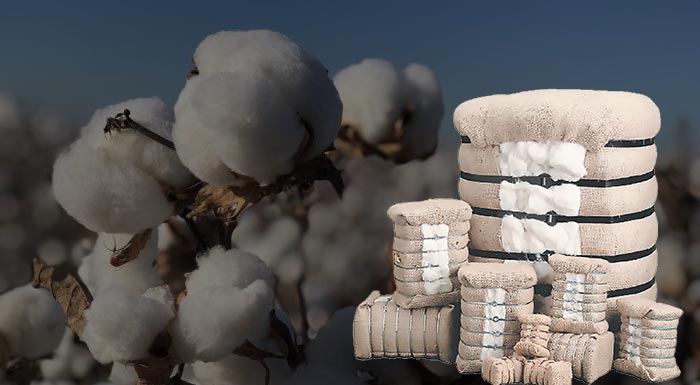Porous cotton substrates are better at destabilizing the SARS-CoV-2 virus.
With global COVID-19 cases over 37 million and deaths crossing one million, medical and nonmedical countermeasures such as masks are critically needed.
A recent study by Australian scientists show that material characteristics and temperature play important roles in the survival of the coronavirus. The work focused on the survival rate of SARS-CoV-2 virus on surfaces like paper notes, stainless steel, glass, vinyl material and cotton cloth. The viral studies were performed in high containment (Biosafety Level 4) at the Australian Center for Disease Preparedness.
At 20 deg. C, for nonporous materials like stainless steel and glass, the virus persisted beyond 28 days post infection. In the case of cotton, the virus was not recovered past 14 days after inoculation. As the temperature was raised, recovery of the virus was reduced. At 40 deg. C, SARS-CoV-2 was not recoverable after 24 hours for cotton, while the virus was not recovered beyond 48 hours for nonporous surfaces studied. In addition, humidity also influenced the survival rate of the virus.
Results of the Australian study were recently published in the Virology Journal.
“It has been known for some time that the infectious virus could survive on inanimate objects for some time depending on its structure and characteristics,” stated Dr. Manickavasagam Sundaram, Lakeridge Health, Oshawa, Canada. As a practicing physician, Dr. Sundaram emphasized the importance of face coverings, social distancing, hand hygiene and disinfecting frequently used surfaces.
The latest study supports the use of face coverings made using cotton. Also, it indicates the influence of structural characteristics such as porosity. Nonwoven fabrics have higher surface area, which may be helpful in developing face coverings with filters. I have advocated the use of filter enhanced cotton face coverings – or “FISORS” – which may be an efficient viral barrier.
Dr. Seshadri Ramkumar is a professor in the Department of Environmental Toxicology and The Institute of Environmental and Human Health at Texas Tech University, and a frequent contributor to Cotton Grower.


